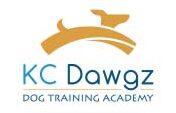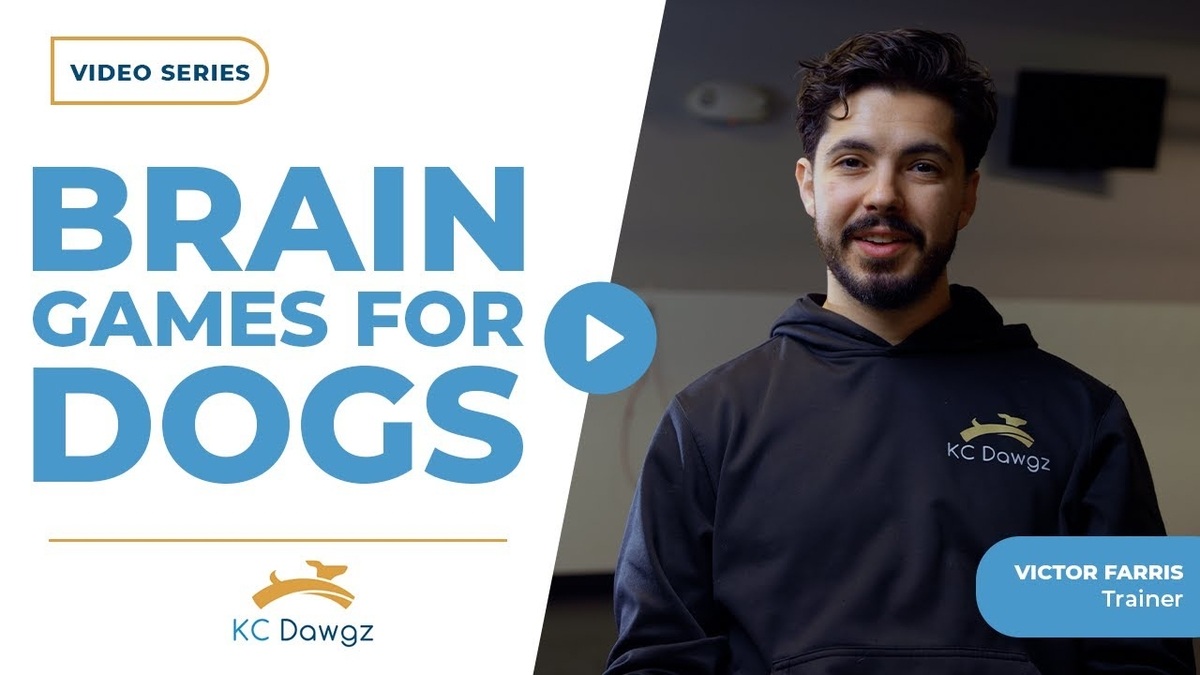One second, your dog is trotting happily by your side. Next, they are lunging at a bike, another dog, or a passing car. This is one of the most common issues we see at KC Dawgz, and it usually points to something deeper than just bad manners. Through targeted training built around your dog’s real motivations, we help turn chaotic walks into calmer, more controlled experiences.
Let’s break down why dogs lunge and, more importantly, how we can fix it together.
Types of Reactivity That Cause Lunging
Dogs lunge on walks for several reasons, and it’s not always about aggression. Most of the time, reactivity falls into one of three categories:
1. Hypersocial Reactivity
This occurs when dogs are overly excited to meet other people or dogs. It might look friendly, but it can still lead to unsafe situations—especially if your dog is pulling or darting unexpectedly.
2. Fear-Based Reactivity
A dog that is unsure or frightened may react by lunging as a defense mechanism. The goal isn’t to hurt—it’s to create distance from what they see as a threat.
3. Truly Aggressive Reactivity
This is less common but more serious. Some dogs lunge with the intention to intimidate or harm. It’s important to address this form of reactivity with professional help as soon as possible.
Each of these types needs its own training strategy. That’s why we take the time to understand your dog’s behavior before recommending a specific approach.
What Motivates Lunging Behavior?
Understanding what motivates your dog during a walk can make a big difference in how we handle reactivity. In many cases, dogs are acting based on a strong internal drive or previous experiences. Here’s what we focus on:
1. Breed Characteristics and Drive
While a dog lunging on walks isn’t a breed-specific behavior, we do see it more often in dogs from working or herding lines. These dogs are bred to have a high prey drive, which can trigger lunging, especially when they see fast-moving objects.
2. Unaddressed Habits
Dogs are quick learners when it comes to repeated behavior. If they’ve rehearsed lunging and never been corrected or redirected, the habit gets stronger over time.
Training Techniques That Work
We’ve seen great success with specific drills that interrupt reactive behavior and encourage focus. One of our favorite exercises is what we call “Focus and Engage” or “Engage/Disengage.”
Here’s How It Works:
- Let your dog notice the trigger (bike, car, dog, etc.)
- Interrupt the thought process by saying your dog’s name
- Reward immediately when your dog turns to you with a big “YES!” and a treat
This method helps your dog learn that checking in with you is more rewarding than reacting to the trigger. With consistent practice, your dog begins to choose engagement over reactivity.
Why Early Intervention is Key
We always tell dog owners: Don’t wait until there’s a problem to call a professional. Training works best when it’s proactive rather than reactive.
Dogs tend to repeat behaviors that they’ve gotten away with, so the earlier you spot the signs and take action, the more likely you are to fix the issue before it becomes deeply rooted.
That’s where we come in. At KC Dawgz, we’re big believers in consistent, early training that supports long-term success.
In Summary
A dog lunging on walks is a common but manageable issue. Whether your dog is hypersocial, fearful, or truly reactive, there are targeted solutions that can help. Training tools like the engage/disengage drill and early professional support make all the difference.
If your dog is showing signs of reactivity, contact us today to learn how we can help you build safer, more enjoyable walks.




